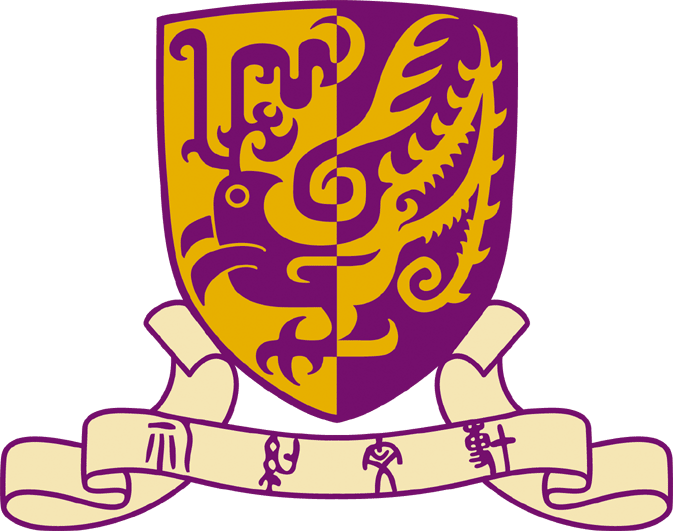“When I was eleven, I felt lost and didn’t know what I could hold on to; I grew up changing countries every two years and after my parents split up I felt like I had no base. Several years later, I discovered martial arts—before which I was terrible at anything physical—and I felt so empowered practicing them. I had teachers who believed in me and nurtured me, and there were peers whom I connected and developed with. I guess I was looking for community and building confidence, and being goal-driven, I became obsessed with competition. I wanted to fight with the best.” Soisci’s Final Year Project was about how female fighters are changing gender roles through Thai boxing, and she reflected that writing the paper also helped her learn a lot about herself.
When Soisci graduated from high school and moved to Hong Kong, she was not sure what she wanted to do until she found anthropology. Since Soisci grew up amongst so many different cultures, she felt that this subject strongly resonated with her. “Honestly I didn’t really know what to expect…but it was way better than what I expected! I really loved those four years,” she reminisced pleasantly. “Before I went to university, I also performed quite poorly at school, so I was a little nervous. But it turned out that if the subject is meaningful to me, I actually love studying!”
After graduating Soisci spent a few years fighting professionally (in Muay Thai), and working as a boxing and fitness coach, then she moved to Australia and started her own movement training business. (The company name, “Human Patterns”, seems to bear an anthropological imprint.) “What I am more interested in now is to help people improve their health and their relationship with the world through teaching the practice of movement,” Soisci said. “I really connected with the way Gordon (Prof. Gordon Mathews) teaches, which is based more on story-telling with plenty of improvisation. Even during the exams I could remember, ‘Oh he joked about this topic, so I definitely know how to answer these questions!’ This influenced my teaching to be more ‘in the moment’ too.”
“I would say that anthropology put some deeper meaning, knowledge and structure to the life I already had. It is absolutely very helpful for me, and I am so glad that I studied it.” One thing that Soisci definitely learned from anthropology is the holistic perspective. For her, practicing movement is not about the body in the end; it is a way to connect. “A lot of what I teach is a bit different and sometimes uncomfortable—not in a harmful way, but it can be tough, for example, maybe some students don’t like to stretch because they are stiff and it hurts. So the students need to deal with those sensations; they have to face themselves. And this would bring them through a journey: not only do they get rid of a weakness and gain more skills, they also learn about how they learn.” And this is a process that involves other people. Soisci mostly teaches in a group setting, which she finds important. “You can lose touch if you are alone all the time, but changing different training partner or games, you have to become adaptable, and connect with what’s in front of you. There is this sense that the group elevates itself through all the individuals working together.”
The environment also matters. Soisci likes to teach outdoors; while she is cautious of simplistic generalizations, in her experience, Hong Kong people tend to feel less comfortable in more natural environments. “In Sydney, I can train people during the very hot summer, the cold winter, in the rain, and they are more used to the environment, but in Hong Kong, after many years of teaching, the stereotype is, the students prefer a predictable and constant environment. If there are insects, or dirt, or ice, or strong heat, they are not so happy and they may not even come back.”
Not that Soisci wants to make her students feel uncomfortable. “The reason why I like to teach outdoors is that I think we cannot ignore that this is the world we live in, the environment is a vital part of it, and it’s not good to always shelter and isolate yourself.” Ideally, Soisci believes that what happens, is that the student’s world becomes more interconnected. “Let’s say you start doing movement training, and you are an ordinary person who watches TV and eats junk food. Because you want to perform better, you start to look at how you eat, so you start to learn about diet. And then if you go further down the rabbit hole and ask, ‘Where’s my food coming from and who is producing it?’ and you start to look for food coming from sustainable practices. And then you think about climate change. You start cooking at home to nourish your body, using less plastic to help the planet, and so on. Before you know it, you connect with so many things, right?”
“It’s not only about the body,” Soisci reiterates, “I just happen to know and like working with the body, but actually you can use music, academic research, or whatever you want, to learn about yourself and deal with life challenges.”
Soisci started her business in Sydney two and a half years ago and teaches workshops around Australia and South East Asia. “I am still figuring it out. I love what I do yet I am not a very business-minded person, and once you have a business, you need to learn about it.” As her business grows, she finds herself pondering on questions like, “How can I be more creative? How can I be helpful to more people, and who needs this more?” In the long run, Soisci plans to work more with the elderly and with young athletes.

